How to Get Into Urban Forestry? A Step-by-Step Guide
- September 18, 2024
- 0 comment
Urban forestry is a growing field that focuses on the care, management, and planning of trees and green spaces in cities and urban areas. It is a multidisciplinary profession that merges environmental science, community planning, and urban development to enhance the well-being of urban populations.
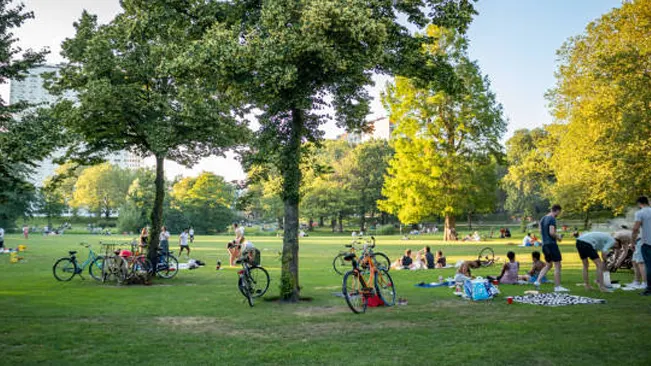
If you’re passionate about nature, sustainability, and improving city environments, a career in urban forestry might be the perfect fit. This guide will outline the steps to get into urban forestry, including the education, skills, and opportunities that can help you succeed in this important field.
Understanding Urban Forestry
Before going into the steps, it’s crucial to understand what urban forestry entails. Unlike traditional forestry, which deals with rural forests and woodlands, urban forestry focuses on managing trees in cities and towns.
This includes street trees, park trees, and private property trees, as well as other urban green spaces like community gardens and green roofs. Urban foresters play a key role in improving the quality of life in cities by managing the urban tree canopy.
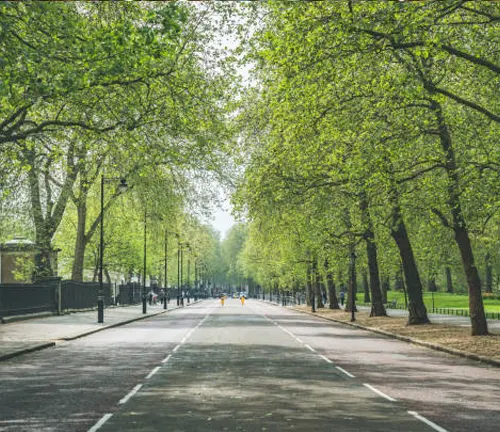
Their work helps reduce air pollution, mitigate urban heat islands, manage stormwater runoff, and improve the aesthetic and recreational value of urban areas. In addition, urban forestry promotes biodiversity and helps cities adapt to climate change.
Step 1: Obtain the Right Education
1. High School Education
To begin your journey into urban forestry, it’s important to start with a strong foundation in high school. Focus on subjects like biology, environmental science, and geography. These subjects will provide a basic understanding of plant life, ecosystems, and environmental processes, which are important for a career in urban forestry.
2. Bachelor’s Degree
The next step is to pursue a bachelor’s degree in a related field. Many urban foresters have degrees in forestry, environmental science, horticulture, landscape architecture, or urban planning. These programs provide students with the knowledge and skills to understand tree biology, urban ecosystems, and sustainable land management.
Some universities offer specialized programs in urban forestry. These programs may cover topics such as:
- Tree identification and care
- Urban ecosystem management
- Landscape and urban planning
- Environmental policy and law
- Sustainable urban development
During your undergraduate studies, take advantage of internships or volunteer opportunities in urban forestry, parks management, or environmental organizations to gain practical experience.
3. Graduate Degree (Optional)
While a bachelor’s degree is sufficient for many entry-level positions in urban forestry, some professionals choose to pursue a graduate degree for advanced roles in research, management, or policy-making. A master’s or PhD in forestry, environmental science, or urban planning can open doors to leadership positions, higher pay, and specialized areas of expertise.
Step 2: Develop Key Skills
In addition to formal education, successful urban foresters need a variety of skills to excel in their roles. Here are some of the key skills you should develop:
1. Tree Identification and Care
Urban foresters need to know how to identify various tree species, understand their growth patterns, and provide proper care. This includes pruning, disease prevention, pest management, and knowledge of tree health and physiology.

2. GIS and Mapping Skills
Geographic Information Systems (GIS) are often used in urban forestry to map and track urban tree inventories. Learning how to use GIS software can be a valuable skill in planning and managing urban green spaces.
3. Communication and Public Relations
Since urban foresters often work with local governments, community groups, and private landowners, strong communication skills are essential.
Urban foresters must be able to explain the importance of trees and green spaces to stakeholders, advocate for environmental policies, and lead community engagement initiatives.
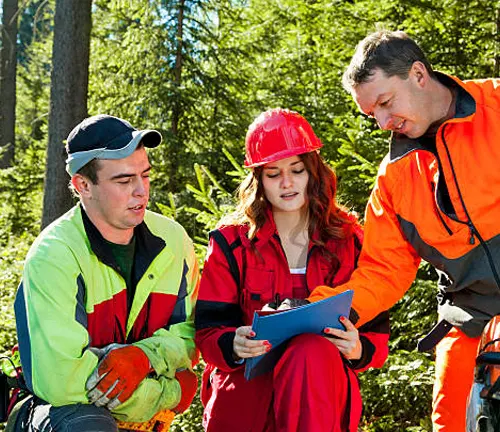
4. Problem-solving and Critical Thinking
Urban forestry presents unique challenges, such as dealing with limited space, mitigating the effects of pollution, and managing tree health in harsh urban environments. Strong problem-solving skills are necessary to develop innovative solutions to these issues.
5. Project Management
Many urban forestry roles require overseeing tree planting projects, urban greening initiatives, or restoration efforts. Project management skills, such as budgeting, organizing, and scheduling, are important to ensure the success of these projects.
Step 3: Gain Experience
Experience is key to landing a job in urban forestry. Here are some ways to gain relevant experience:
1. Internships and Volunteering
Look for internships or volunteer opportunities with local parks departments, environmental organizations, or urban forestry programs. These experiences will provide hands-on training in tree care, green space management, and community outreach.
2. Join Professional Organizations
Professional organizations like the International Society of Arboriculture (ISA) or the Society of Municipal Arborists (SMA) offer networking opportunities, training programs, and certifications that can boost your resume and connect you with other professionals in the field.

3. Certification
Earning certifications can increase your credibility and job prospects in urban forestry. The ISA offers the Certified Arborist credential, which demonstrates your expertise in tree care and management. There are also certifications specific to urban forestry, such as the ISA Municipal Specialist certification, which is tailored to professionals managing trees in urban settings.
Step 4: Explore Career Opportunities
Once you’ve built your educational background and gained experience, it’s time to explore career opportunities in urban forestry. Some common roles in this field include:
1. Urban Forester
Urban foresters manage trees and green spaces in cities. They work for local governments, parks departments, and non-profit organizations to plan and oversee tree planting projects, maintain urban forests, and advocate for sustainable urban development.
2. Arborist
Arborists specialize in tree care, including pruning, disease diagnosis, and removal. They work for tree care companies, municipalities, or as independent contractors, ensuring the health and safety of trees in urban areas.

3. Environmental Planner
Environmental planners focus on integrating green spaces into urban development plans. They work with local governments, developers, and environmental organizations to ensure that cities grow sustainably while preserving natural resources and biodiversity.
4. Urban Landscape Designer
Urban landscape designers create plans for urban green spaces, such as parks, gardens, and public plazas. They focus on creating aesthetically pleasing and functional spaces that contribute to the health and well-being of urban residents.
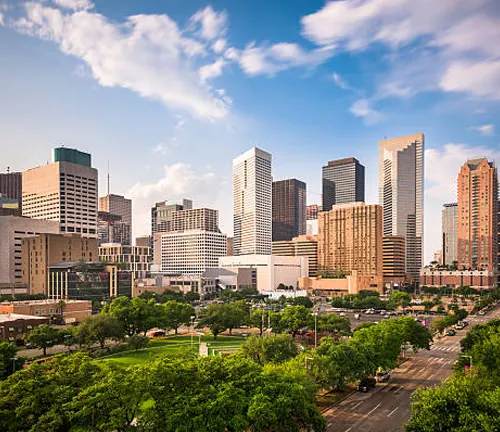
5. Tree Advocate or Environmental Educator
Many urban forestry professionals work in advocacy or education roles. They may lead tree planting campaigns, educate the public about the benefits of urban trees, or lobby for environmental policies that protect and expand urban green spaces.
Step 5: Stay Informed and Continue Learning
Urban forestry is constantly changing, driven by new research, innovative technologies, and updated policies aimed at improving urban ecosystems. Staying current with these developments is crucial for professionals in the field.
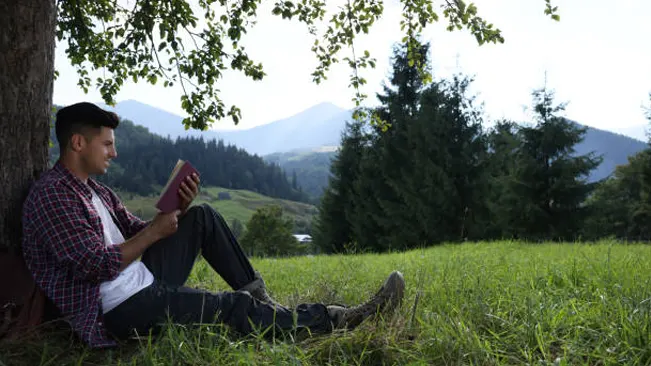
Attending conferences, workshops, and webinars on topics such as sustainable urban development, climate resilience, and advanced tree care techniques can provide valuable insights. Continuous learning not only sharpens your skills but also ensures that you remain competitive and prepared to address emerging challenges in urban forestry.
Conclusion
Getting into urban forestry requires a combination of education, skills, and hands-on experience. By following the steps outlined in this guide, earning a relevant degree, developing key skills, gaining practical experience, and exploring career opportunities, you can build a successful career in urban forestry.
Not only will you be contributing to the health and beauty of urban environments, but you’ll also be making a meaningful impact on the quality of life for city residents and the planet as a whole.
Frequently Asked Questions (FAQ’s)
- What is urban forestry?
Urban forestry is the management and care of trees, green spaces, and managing natural ecosystems within cities and urban areas to improve the environment and enhance the quality of life for urban residents. - What education is required to become an urban forester?
A bachelor’s degree in forestry, environmental science, horticulture, landscape architecture, or urban planning is typically required. Some professionals pursue a master’s degree for advanced positions. - What skills are important for urban foresters?
Key skills include tree identification and care, GIS mapping, communication, problem-solving, and project management. - Do I need certifications to work in urban forestry?While not always required, certifications like the ISA Certified Arborist or Municipal Specialist credential can improve job prospects and demonstrate expertise in tree care.
- What job opportunities are available in urban forestry?
Career options include urban forester, arborist, environmental planner, landscape designer, and environmental educator. - How can I gain experience in urban forestry?
Internships, volunteering with parks departments or environmental organizations, and participating in community tree planting projects are excellent ways to gain practical experience. - What is the role of an urban forester?
An urban forester manages and maintains trees and green spaces in urban areas, overseeing tasks like tree planting, pruning, disease prevention, and promoting urban sustainability. - Is there a demand for urban foresters?
Yes, as cities increasingly focus on sustainability, climate change adaptation, and green infrastructure, the demand for urban foresters continues to grow. - Can I specialize within urban forestry?
Yes, you can specialize in areas like tree health diagnostics, urban ecosystem management, green space planning, or policy development. - What professional organizations support urban forestry careers?
Organizations like the International Society of Arboriculture (ISA) and the Society of Municipal Arborists (SMA) offer resources, certifications, and networking opportunities for urban forestry professionals.

Jordan Blake
Forestry AuthorJordan Blake is a forestry expert with over 15 years of experience in arboriculture and community education. Passionate about sustainable forest management, Jordan regularly writes for Forestry.com and Tree Care Magazine. Holding certifications in tree health assessments and urban forestry management, Jordan conducts workshops to educate the public on sustainable practices. Jordan has a degree in Environmental Science and enjoys hiking and photography in their free time.

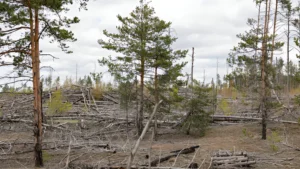
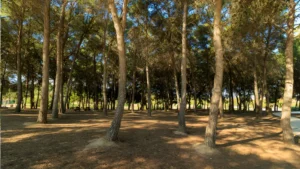
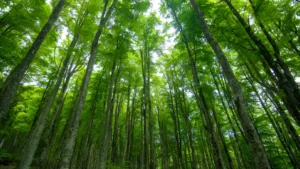

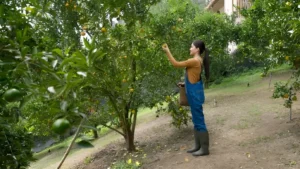
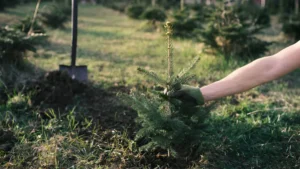
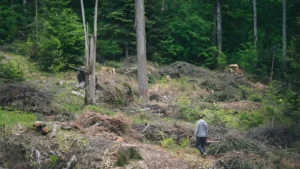
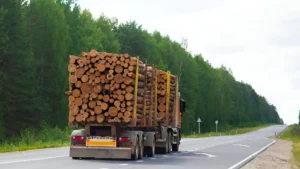


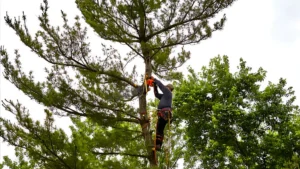
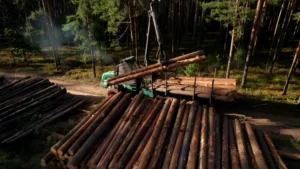
Leave your comment